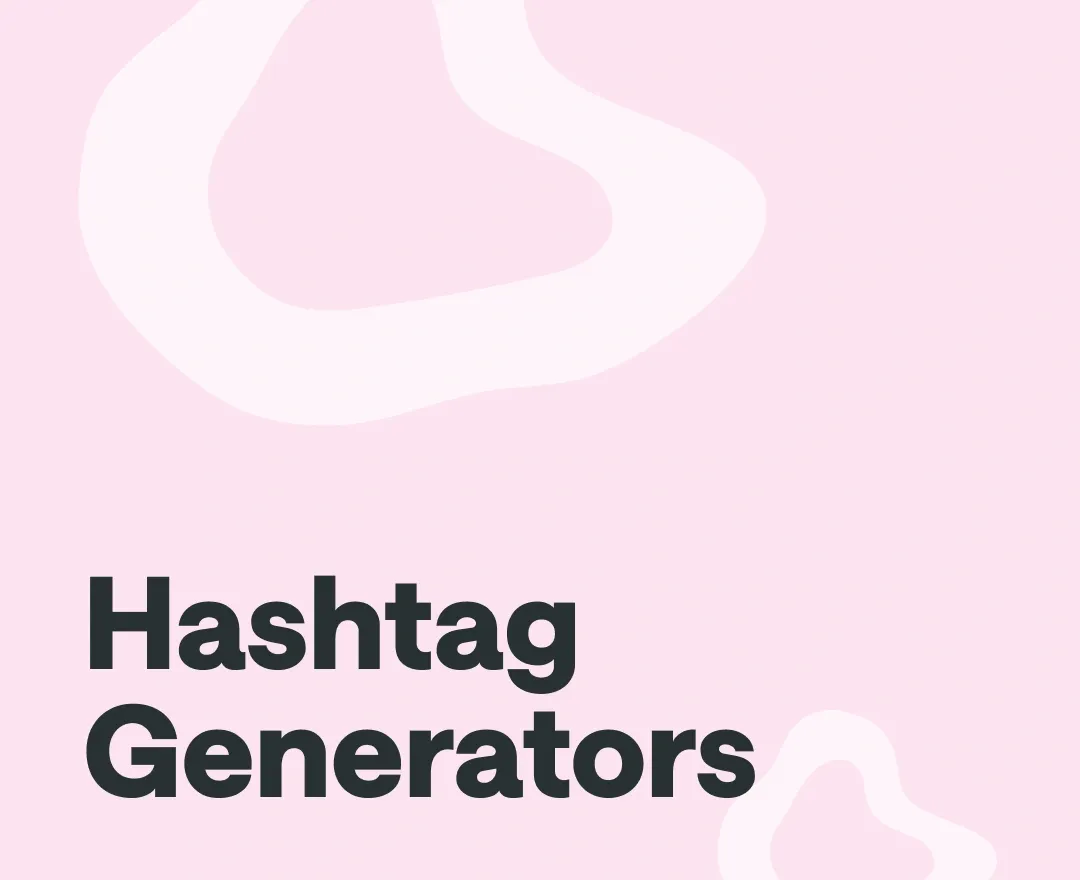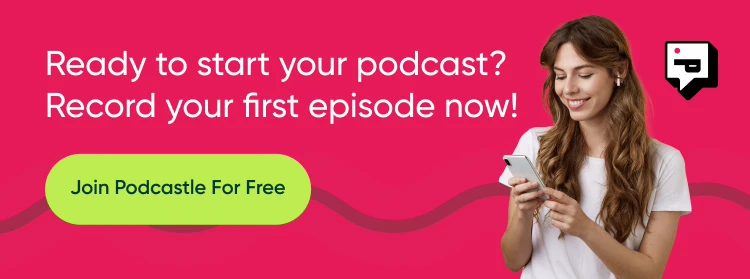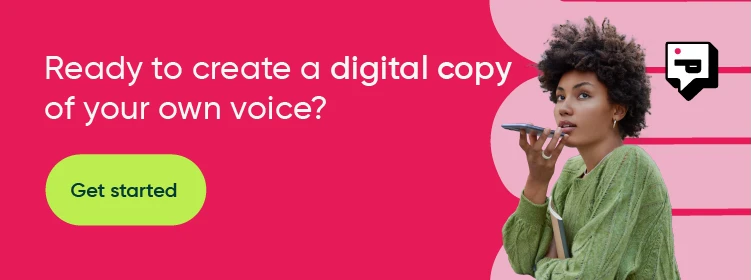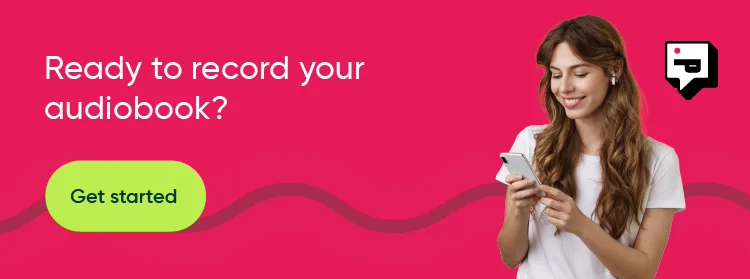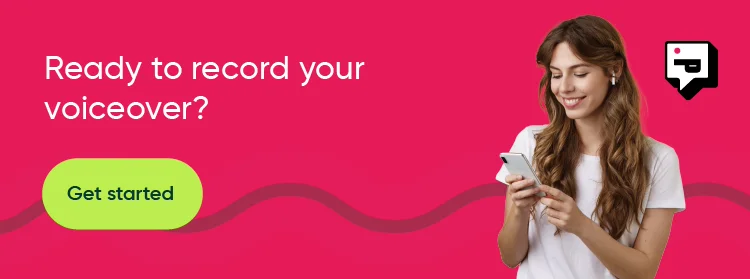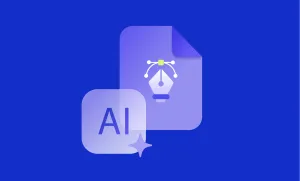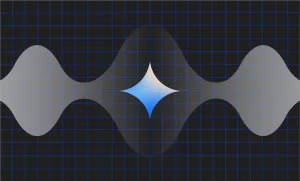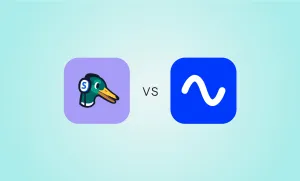You stare at your caption. You stare at your video. You type #content and immediately hate yourself.
Hashtags are supposed to be easy. Just pick a few and hit publish, right? Except now you’re scrolling through your feed wondering why your views flatlined, your post landed in the void, and every other creator somehow knows the perfect tag to use while you’re stuck recycling the same five from last month.
And then there’s trying to create your own. That part feels like naming a band, launching a brand, and pitching a marketing campaign all at once (in lowercase, without any punctuation, and in under 20 characters). One wrong word and it reads like a typo. One vague phrase and no one uses it but you.
We’ll walk through the best hashtag generators to save you time and spare you the spiral. You’ll learn how to make a hashtag from scratch without sounding like a marketing intern trapped in 2013. And you’ll get clear tips for how to actually use them without sabotaging your reach.
Best Hashtag Generators in 2025
1. Flick
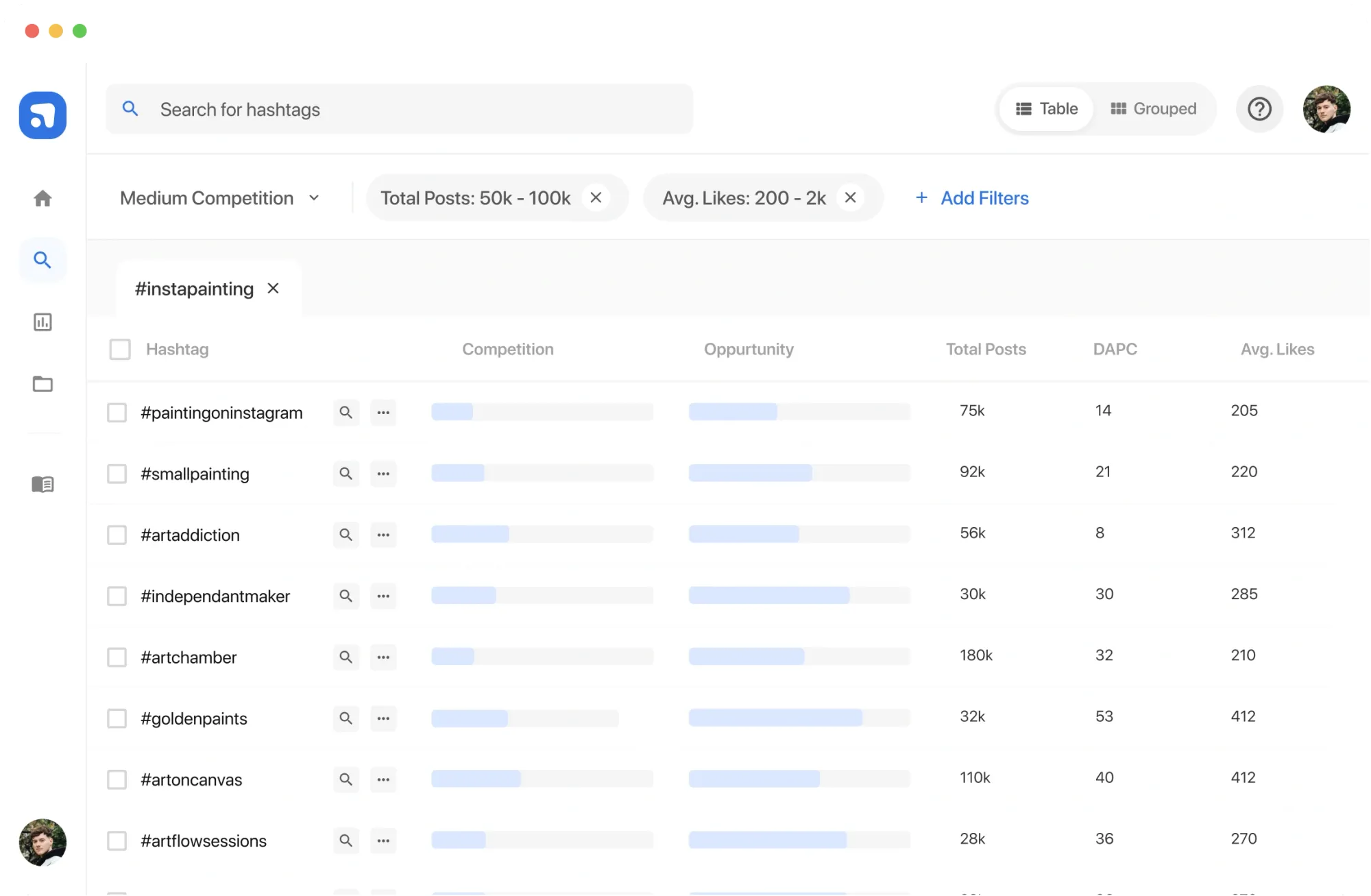
Flick gives you real-time hashtag suggestions based on your niche, but what really stands out is how smart the recommendations feel. You can search a keyword, see how competitive the tag is, and even save sets for future posts. It’s especially helpful for creators trying to grow steadily without burning out on research. Works great for Instagram, but can help with other platforms too.
2. Hashtagify
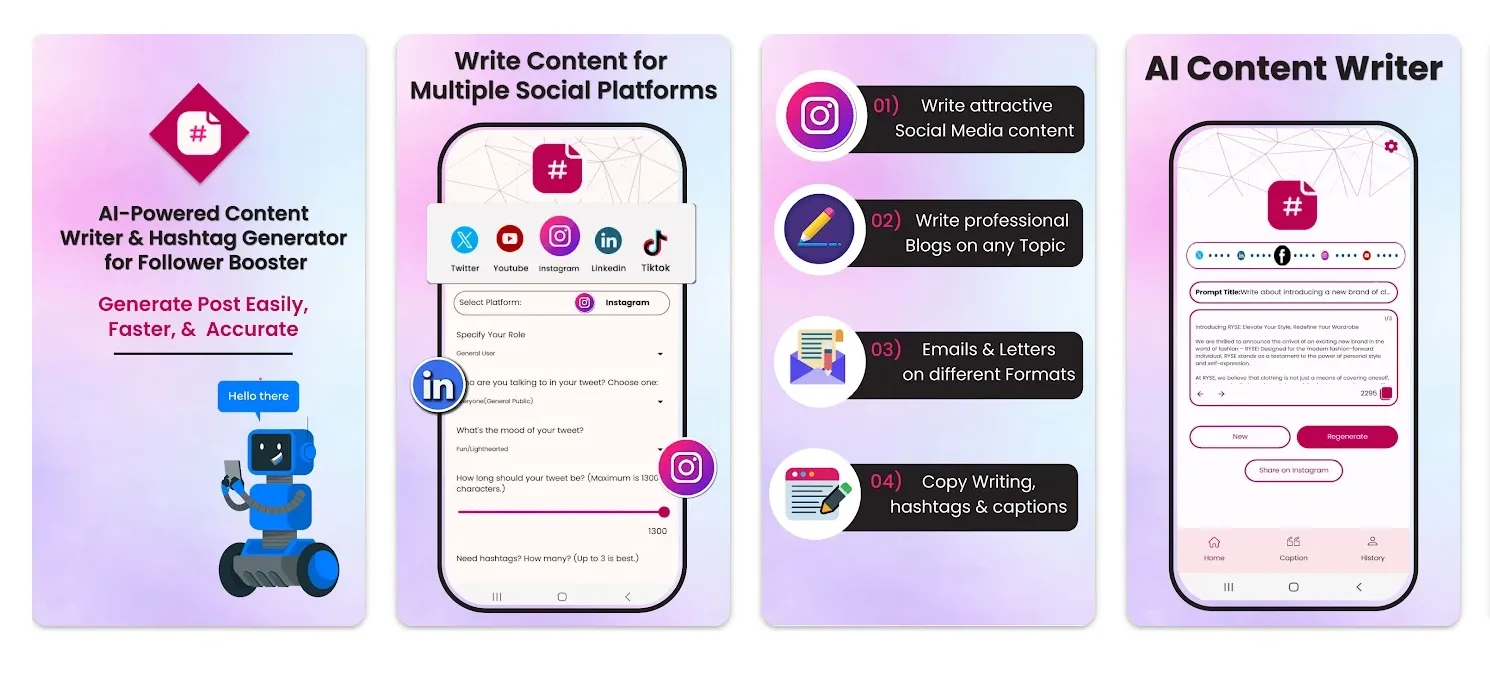
If you like digging into data, this one feels like a goldmine. Hashtagify (an android and iOS app) shows popularity trends, related hashtags, and usage patterns that stretch beyond Instagram. You can even track how your chosen hashtags perform over time. Some features sit behind a paywall, but even the free version gives you more insight than most tools.
3. Inflact
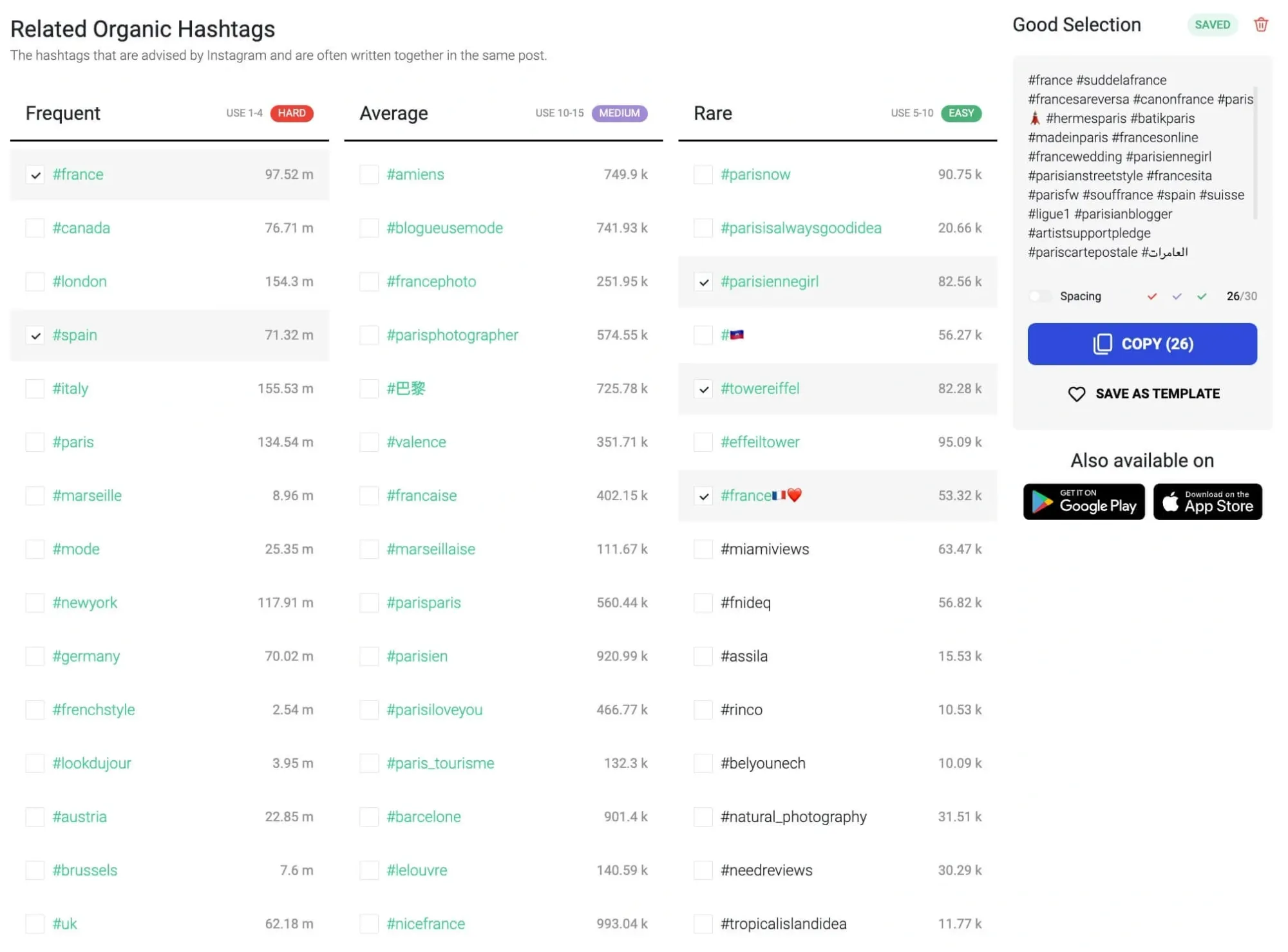
Inflact is clean, quick, and pretty generous with free results. You drop in a keyword, photo, or even a URL, and it spits out hashtags sorted by frequency. It’s a good pick for creators who want fast results and a visual layout that doesn’t feel overwhelming. Plus, it doesn’t lock you into too many gimmicks.
4. RiteTag (by RiteKit)
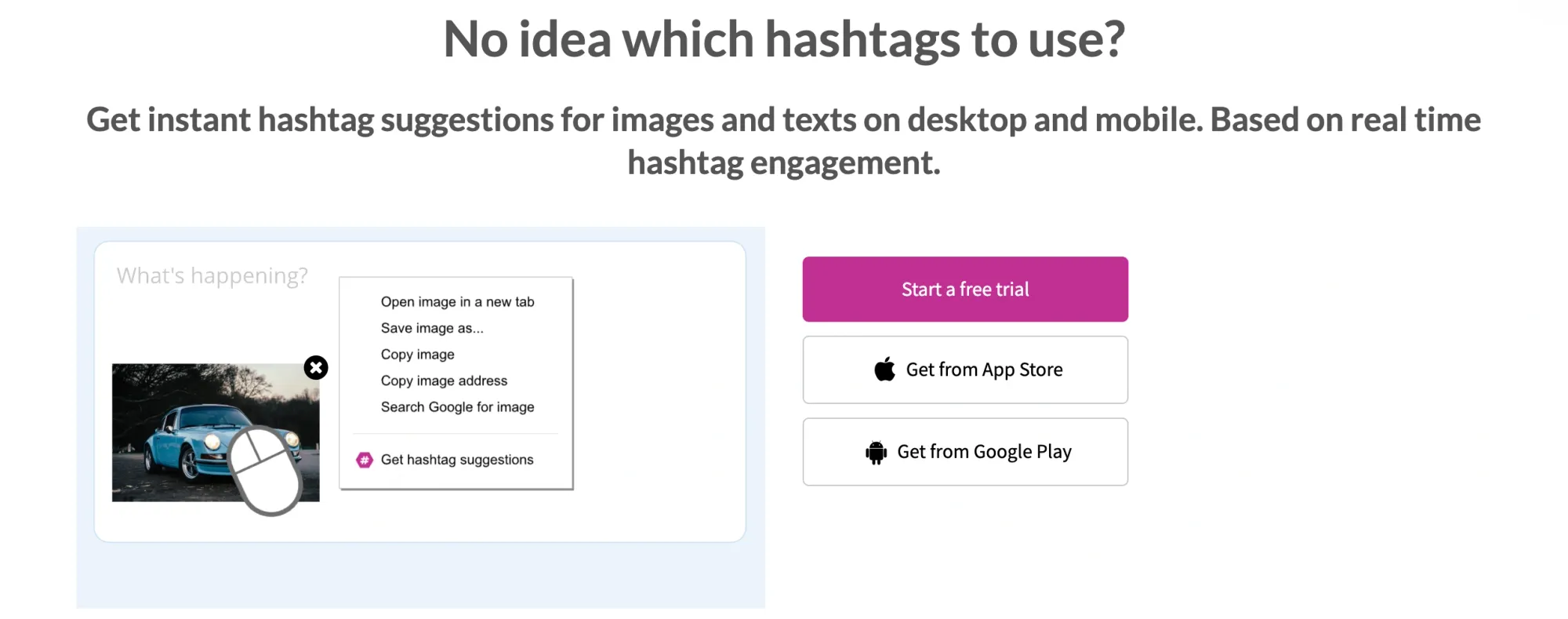
RiteTag focuses on real-time performance, which makes it useful for trends and fast-moving content. It highlights which hashtags are hot right now versus ones that might perform better long-term. You can plug it into your browser or social scheduler for even quicker access. It works well for Twitter and Instagram, especially if you post often.
5. All Hashtag
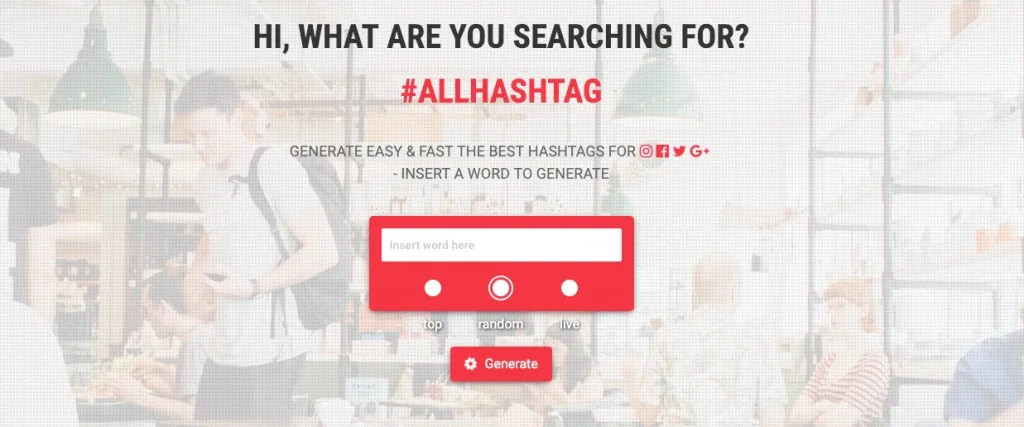
Simple interface, fast results, and a lot of flexibility. All Hashtag lets you generate, analyze, and even create random hashtags based on what you need. The analytics aren’t too deep, but the variety it offers makes up for that. If you’re looking for something lightweight that still delivers, this one’s easy to like.
6. TagsFinder

Great for finding regional hashtags or mixing languages, especially if you’re targeting multiple countries. TagsFinder builds lists based on related topics and filters out banned or spammy tags. It’s one of the few tools that actually feels useful when working with multilingual content.
7. Toolzu

Toolzu offers hashtag generation by photo, keyword, or link, and it gives you some pretty accurate tag groups. You’ll get suggestions ranked by popularity and relevance, which makes it easier to balance reach and discoverability. It’s fast, free, and built with creators in mind. Good for anyone posting a mix of lifestyle, fashion, or visual content.
8. Display Purposes
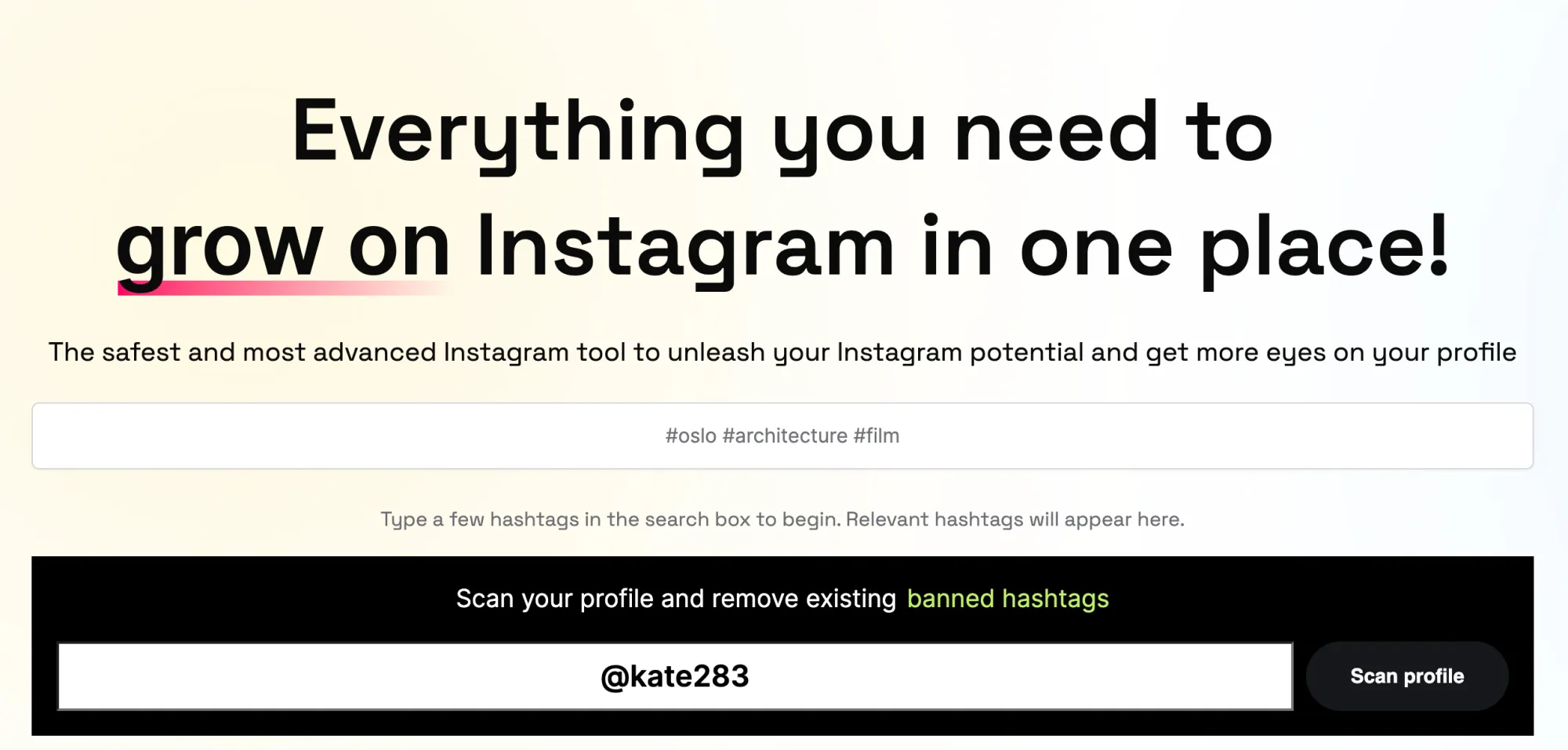
Display Purposes was designed to avoid spammy, overused hashtags altogether. It filters out banned or irrelevant tags and focuses on clean, community-driven results. You type in a keyword, and it gives you a full set without the usual filler. It’s great if you’re trying to grow an authentic following and avoid shadowbans.
9. Photerloo

Photerloo is a photo-first hashtag tool that leans heavily into AI. You upload an image, and it analyzes the content to recommend hashtags, keywords, and even captions. It’s surprisingly accurate for something that feels so simple. Ideal for photographers, travel creators, or anyone who leads with visuals.
10. MetaHashtags
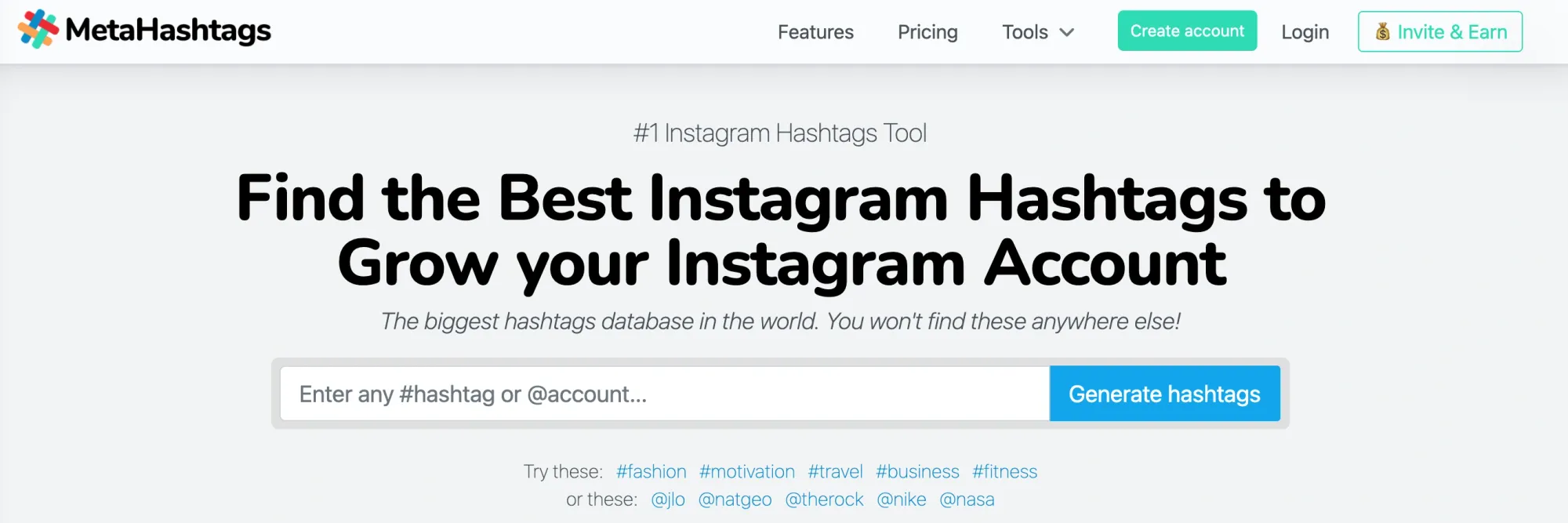
MetaHashtags pulls tags directly from Instagram, so you’re getting live data that actually reflects what’s trending. You can browse by keyword or pull in hashtags from a competitor’s post. One of the standout features is how it shows post volume, so you can decide which tags are worth chasing. It’s intuitive and doesn’t bury you in ads.
How to Create a Hashtag
Creating a hashtag from scratch sounds simple, but doing it well takes a little strategy.
Here’s a step-by-step guide to help you make one that actually works across platforms like Instagram, TikTok, X, LinkedIn, and YouTube.
Step 1: Define the purpose
Before you write anything down, figure out what your hashtag is meant to do. Are you promoting a campaign? Starting a challenge? Trying to build a content series people can follow? The purpose will shape how your hashtag sounds. For example, a branded campaign might include your name or product, while a weekly series might focus on a vibe or topic (#CoffeeTalk, #TechTuesdays, etc).
Step 2: Choose a phrase that’s short and memorable
Try to keep it under four words. The fewer characters, the better, especially on platforms with word limits. Think in terms of rhythm, too. A good hashtag is easy to say out loud and doesn’t feel clunky. Avoid numbers, acronyms, or anything hard to spell. You want something your audience can type quickly without needing to double-check it.
Step 3: Check if it already exists
Always search your hashtag idea before you use it. Run it through Instagram, TikTok, X, and even Google. If it’s already linked to something active — or worse, something completely unrelated — it could confuse your audience. You want to claim a clean space that feels unique to you, not compete with existing conversations or trends.
Step 4: Use capitalization for clarity (optional)
While it's not all-too necessary, you can capitalize each word in your hashtag to make it easier to read for accessibility. For example, #MyPodcastJourney is clearer than #mypodcastjourney. This becomes more important when your hashtag includes multiple words that could be misread when mashed together.
Step 5: Test it out in context
Before going live, write a few sample posts using your hashtag. Say them out loud. Send them to a friend. Ask yourself, does this feel natural? Does it actually match the content? If something feels off, don’t be afraid to rework the words or shorten the phrase. A small tweak can make a big difference.
Step 6: Use it consistently
Once you’re happy with it, start using the hashtag regularly. Add it to your captions, stories, and bios. Mention it out loud if you’re recording a video or podcast. The more often people see it connected to your content, the more likely they’ll start using it too.
Hashtag Tips
Using hashtags might seem like a copy-paste job, but a little intention goes a long way. Here are some tips to help you use them more effectively, no matter what platform you’re on.
1. Start with a mix
Don’t stick to only the biggest or most obvious hashtags. Mix high-volume tags with smaller, niche ones. Broad tags can help you reach more people, but niche ones tend to bring in the right people — the kind who actually engage. Aim for a balance that includes trending topics, mid-tier tags, and hyper-specific ones tied to your content.
2. Keep them relevant
Only use hashtags that make sense for your post. If you’re talking about editing software, don’t toss in a bunch of fitness tags just because they get traffic. Irrelevant hashtags can confuse your audience and mess with how the algorithm reads your content. Stick with tags that reflect what your post is actually about.
3. Don’t overload your captions
You don’t need 30 hashtags on every post. On platforms like Instagram or TikTok, using too many can feel spammy and distract from your caption. Try placing them in the comments or spacing them out at the end of your post. The goal is to help your content get discovered — not overwhelm the reader.
4. Rotate your sets
Avoid using the same group of hashtags over and over again. Platforms can pick up on this and start flagging your posts as repetitive or low-effort. Try creating 3 to 5 different hashtag sets that you rotate depending on the type of content you’re sharing. It helps keep things fresh and increases your reach over time.
5. Research like a human, not a robot
Look at what other creators in your space are doing. What hashtags are working for them? Which ones feel natural in the comments and captions? Studying others can teach you a lot, but remember to adapt rather than copy. Your hashtags should reflect your voice, your audience, and your message.
6. Track what works
Pay attention to which hashtags actually bring in views, likes, or clicks. Most platforms have basic analytics, and some third-party tools can go even deeper. Don’t rely on guesswork. The more you track, the easier it gets to know what’s worth keeping and what’s dragging your reach down.
Create Optimized Videos with Podcastle
Once your hashtags are ready, the next step is making content that actually earns the clicks. That’s where Podcastle comes in. It gives you a full content creation suite, powered by AI, so you can focus on creating without getting stuck in the technical stuff.
With our video editor, you can automatically upscale your videos, add clean, auto-generated captions, and choose from over 30 AI voices if you don’t feel like recording. The audio sounds studio-level, even if you’re working from your bedroom. You’ll also get access to royalty-free music, background noise remover, and simple tools to cut, polish, and export in minutes.
Everything’s in one place: no switching tabs, no juggling five apps. Just record, edit, enhance, and share.
